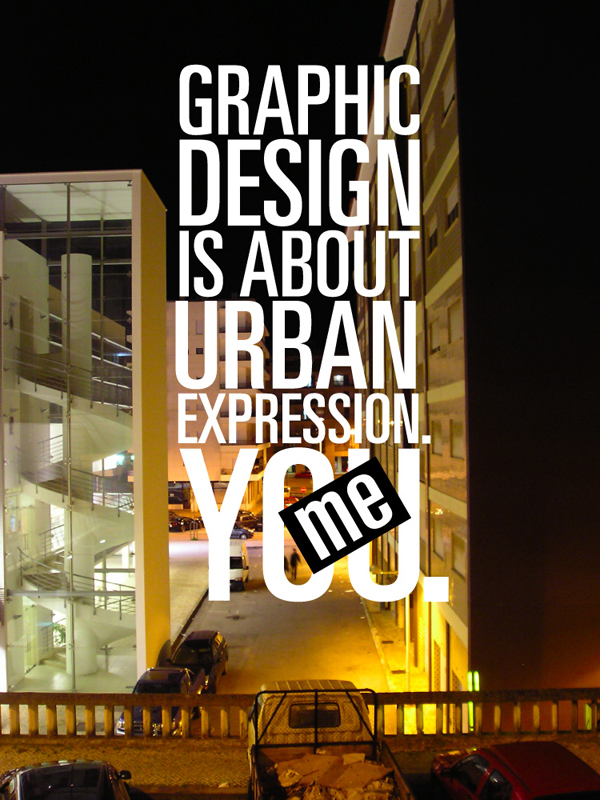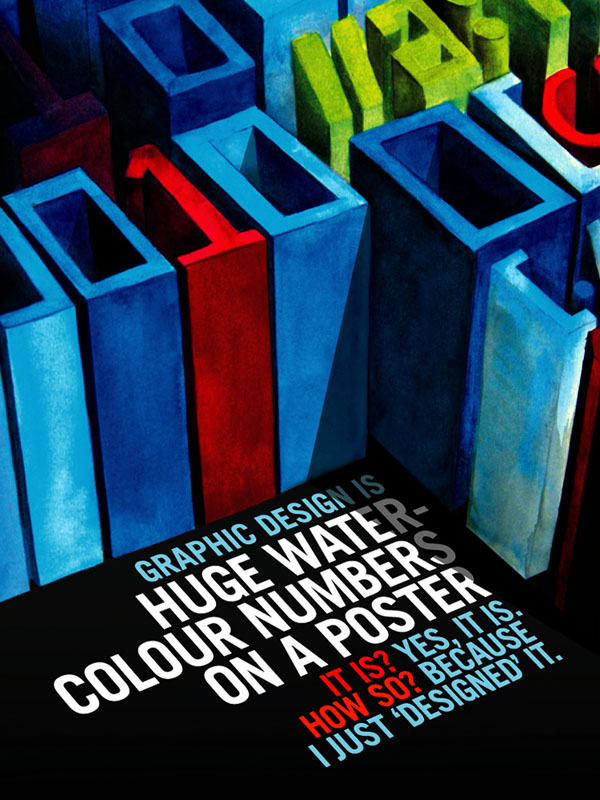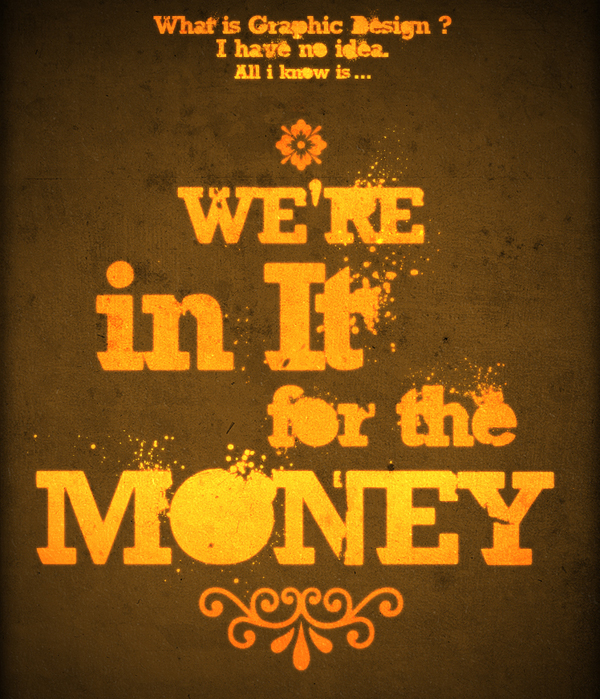As a young designer, I know that designing for an audience would be a heartstopping trauma. For this reason, I am sympathetic to the designers featured on
Command X during this year's AIGA conference.

The 7 designers who attempted the challenge were (in no particular order) Ryan, Matt, Elaine, Mike, Scott, Kelly, and Nichelle.
The challenge for part one was to redesign the Denver Bronco's logo. Alas I don't think these
guys were really sports enthusiasts, but their designs were at least founded in some amount of research.

My favorite design for this event was matt's modernist attempt at a sports logo, which came nowhere near what the clients would have wanted. For me, I liked the look of the logo, but it would not be a logo I would submit unless I had solid research that said the target market would respond to it.
We keep hearing the idea of including one revolutionary option amongst a few safer ones, when presenting concepts to a client, and this is definitely one of those logo's that was way off in left field. but given that he only had one logo, he did a damn good job creating an experience for the judges with his presentation.

I personally felt that the design that spoke best to the target was nichelles steam engine bronco. It communicated power and had an edge with the distressed linework.
I wont go so far as to pick on my least favorite designs, but I will say that I wasn't surprised with the depatures of Mike and Scott.


















































